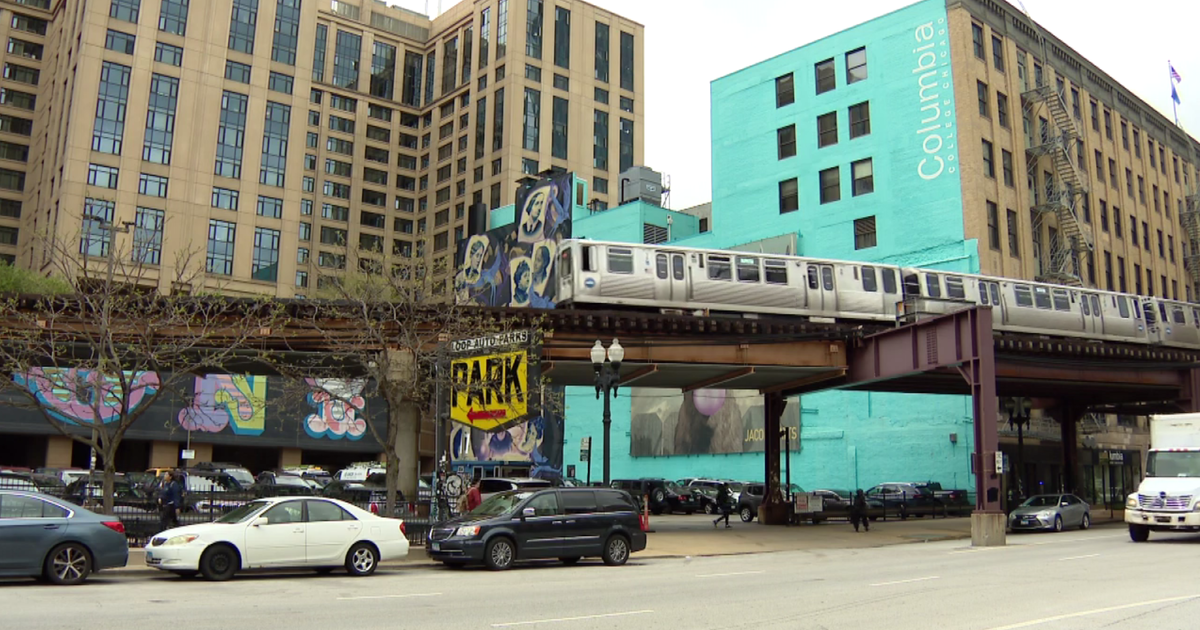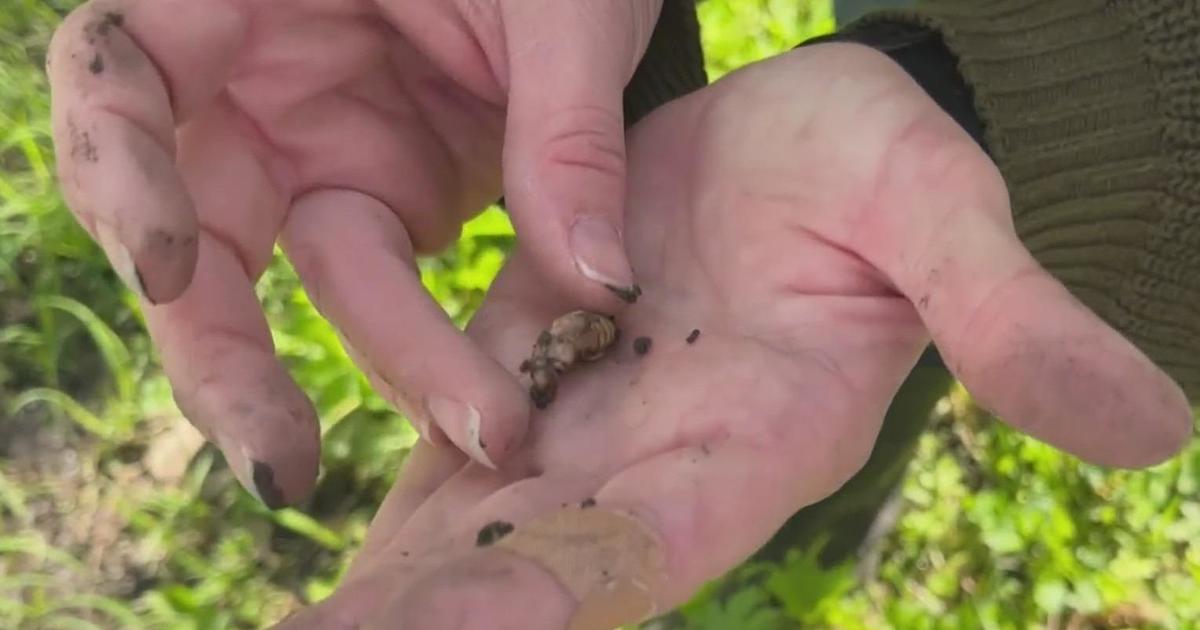The United States Is Now Reporting More Coronavirus Deaths Than Any Other Country
(CNN) -- The United States is reporting more coronavirus deaths than any country in the world after the death toll on Saturday morning climbed to at least 18,860, according to a tally from Johns Hopkins University.
The US death toll narrowly surpassed that of Italy, which is reporting 18,849 deaths, per Johns Hopkins.
At least 2,074 deaths reported in the US on Friday, the largest increase in coronavirus fatalities the country has seen since the beginning of the outbreak. At least 503,594 people have tested positive, according to the Johns Hopkins University data.
Of the deaths reported Friday, 783 occurred in New York state, bringing the statewide death toll to 8,627, Gov. Andrew Cuomo said Saturday. That was a slight drop from the state's all-time high in single-day fatalities, which occurred Wednesday with 799 deaths.
But Cuomo also shared what he called good news, saying the state's curve "is continuing to flatten."
"The number of hospitalizations appears to have hit an apex, and the apex appears to be a plateau," the governor said, where numbers will level out for a period before dropping.
The hospitalization rate is also down, Cuomo said, as are the number of intensive-care admissions.
"Still people getting infected," he said, "still people going into the hospital, but again, a lower rate of increase."
The US likely saw a peak in its daily death toll, according to Dr. Chris Murray, the director of the Institute for Health Metrics and Evaluation at the University of Washington -- who created the model the White House is using to gauge the peak of coronavirus cases.
"We re-run the model, basically, almost every night -- and the new returns from different states are suggesting different peaks in different states, but at the national level we seem to be pretty much close to the peak," he said.
That model projects about 61,500 Americans will lose their lives to the virus by August -- and that's if the country keeps social distance measures in place until the end of May. If they factor in states that may lift these rules by May 1, the numbers "don't look good,' Murray said.
Health experts say that while they're encouraged by signs those measures are having a positive impact, they warn re-opening the country too quickly could set the US back.
Despite the positive signs, Dr. Deborah Birx, the White House coronavirus coordinator, said Friday the US had not yet reached its peak in cases.
"So every day we need to continue to do what we did yesterday, and the week before, and the week before that, because that's what in the end is going to take us up across the peak and down the other side," she said.
Deciding when to re-open the US
In New York City, Mayor Bill de Blasio announced Saturday that schools there would remain closed through the end of the school year while students continued to receive remote instruction.
But that was soon undercut by Gov. Cuomo, who said that "no decision" had been made on closing schools through the end of the year, adding he valued the mayor's "opinion."
"We may do that, but we're going to do it in a coordinated sense with the other localities," Cuomo said, adding: "It makes no sense for one locality to take an action that's not coordinated with the others."
Additionally, Cuomo said no decision has been made on when businesses will reopen. That step, he said, should be coordinated with schools.
The state will gather the best minds to study whether reopening the economy would trigger a "second wave" of infections, Cuomo said.
"The worst thing that can happen is we make a misstep and we let our emotions get ahead of our logic and fact, and we go through this again in any manner, shape or form," he said.
Meanwhile, local and state officials are cracking down on mass gatherings, such as church services, as Easter weekend approaches.
In Kentucky, authorities will be recording license plates of those who show up to any gatherings and hand that information over to the local health department, which will require those individuals to stay quarantined for 14 days, Gov. Andy Beshear announced.
He said the state is down to less than seven churches statewide, that are still "thinking about" having an in-person service this weekend.
"Folks, we shouldn't have to do this," the governor said. "I think it's not a test of faith whether you're going to an in-person service, it's a test of faith that you're willing to sacrifice to protect your fellow man, your fellow woman, your fellow Kentuckian, and your fellow American."
In Georgia, Gov. Brian Kemp urged residents not to attend services in person and to instead opt for online or call-in options.
President Donald Trump, who two weeks ago said he was hoping to have the country open back up by Easter, said Friday he wouldn't do anything until he knew the country was healthy again.
"I would love to open it. I have not determined anything, the facts are going to determine what I do. But we do want to get the country opened, so important," he said.
The President said he was looking at what happened in other countries as guidance on how to reopen the US, and said he would be open to shutting the country down a second time if cases spike again.
Trump said he will be announcing what he called the "opening our country council" on Tuesday.
The opening may come at different stages, Trump said. CNN previously reported that some models show several states won't see their peak until later April.
California Gov. Gavin Newsom said thanks to social distancing measures, the state has been able to flatten its curve and expects to see its peak in May.
Risk of rebound in cases in July
Government projections obtained by The New York Times show coronavirus infections and deaths could dramatically increase if social distancing and other measures were lifted after 30 days.
If stay-at-home orders were lifted after a month, the government report says, there would be a bump in the demand for ventilators and the US death toll could reach 200,000, the Times reported.
A Health and Human Services spokesperson told CNN, "We do not comment on any alleged, leaked documents." CNN has reached out to the Department of Homeland Security for comment.
Murray told CNN Friday night that if mitigation measures were lifted by May 1, cases could go back up in the summer.
"If we were to stop at the national level May 1st, we're seeing (in models) a return to almost where we are now sometime in July, so a rebound." Murray said. "There's a very substantial risk of rebound if we don't wait to the point where most transmission is near zero in each state."
What else you should know
• Multiple state leaders said social distancing measures are having an effect. Hospitalizations in Connecticut are dropping. Arkansas also saw the lowest number of hospitalizations compared to its neighboring states. The number of affected people in Ohio is lower than previously projected. And in California, hospitals saw a nearly 2% drop in ICU patients.
• A study based on China's outbreak published in the medical journal The Lancet said lockdowns across the globe should not be lifted until a vaccine is found.
• The US Centers for Disease Control and Prevention (CDC) director gave a mixed response on the agency's guidelines on hydroxychloroquine, the antimalarial drug Trump has called a "game changer." CDC Director Robert R. Redfield said, "we're not recommending it, but we're not, not recommending that."
• Antibody tests -- which could verify whether a person already had the virus and could potentially be protected from getting re-infected -- could be available within a week, according to Dr. Anthony Fauci, the country's top infectious disease expert.
• Data released this week shows people of color have been disproportionally affected by the virus. In Louisiana, Illinois, Michigan and New Jersey, African Americans make up a larger percentage of coronavirus victims.
More states expecting their peak soon
According to the IHME model, created by Murray's team, states like New York and New Jersey may have passed their peaks this week but others -- including Florida and Texas -- could see the worst by the end of the month.
New York and New Jersey currently account for about half of all US deaths that have been reported, the CDC said Friday. New York has reported at least 7,887 deaths and New Jersey reported 1,932.
New York City Mayor de Blasio said Friday that "this is a week where we've reached milestones we could never have imagined: 5,000 New Yorkers lost, so many more than we even lost on our worst day on 9/11."
The CDC cautioned a variety of factors -- including population density and testing capacity -- could explain why some regions have more cases and deaths than others, adding that case counts are also likely "underestimated" and deaths are underreported.
In Mississippi, Gov. Tate Reeves said he was "very concerned" and warned residents the "peak is coming soon." The state is under a shelter-in-place order until April 20.
The-CNN-Wire™ & © 2020 Cable News Network, Inc., a WarnerMedia Company. All rights reserved.



